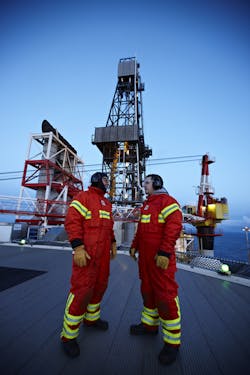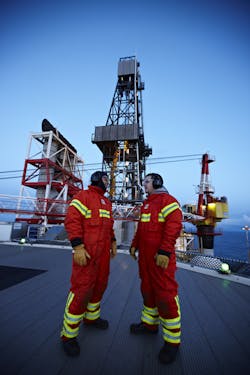BP: Production shut from Clair platform after oil release
This story was updated Oct. 4 to include BP's volume estimate of oil released to sea.
BP PLC reported that the Clair platform, 75 km west of the Shetland Islands, has been taken offline after “a quantity of oil in water” was released into the North Sea during the morning of Oct. 2.
The firm said on Oct. 3 the incident resulted from a technical issue with the system designed to separate the mixed production fluids of water, oil, and gas. The release was stopped within an hour once the issue had been identified. BP will keep output from the platform shut “for the time being” as it investigates the cause of the technical issue.
BP, international industry-funded cooperative Oil Spill Response Ltd. (OSRL), and the UK’s newly formed Department for Business, Energy, and Industrial Strategy (BEIS) have been working together to assess any potential environmental impacts and to determine the best response.
BP believes “the most appropriate response is to allow the oil to disperse naturally at sea, but contingencies for other action are being prepared.” Oil has been observed on the sea surface. Both direct observation and oil-spill modelling indicate the oil to be moving in a northerly direction away from land, the firm said.
The most likely volume of oil to sea has been calculated from platform data as around 95 tonnes, or about 700 bbl, BP said.
Discovered in 1977, Clair field extends over an area of 220 sq km in 140 m of water. The first development phase sanctioned in 2001, utilizing a single fixed platform with production and process topsides facilities, supported by a steel jacket and associated oil and gas export facilities.
Production from Clair field began in February 2005 from the first-phase facilities, accounting for more than 100 million bbl by October 2014.
Hook-up and commissioning is now under way from the second-phase Clair Ridge project, which will utilize two new bridge-linked platforms. The project targets 640 million bbl of recoverable resources, with production expected to begin at the end of 2017.

